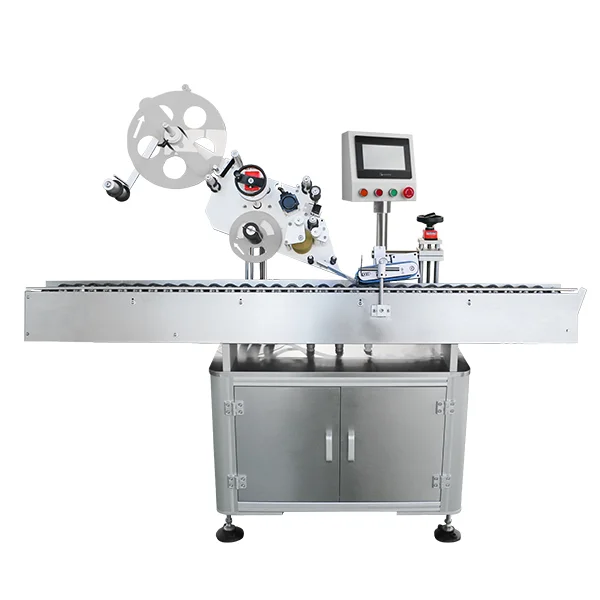When it comes to electronics assembly and repair, selecting the right type of solder is crucial for ensuring reliability, performance, and longevity of the connections. With a myriad of options available, understanding the properties and applications of different solder types can significantly impact the quality of your electronic projects. In this article, we will delve into the various types of solder, their compositions, and the factors to consider when making your choice.
Understanding Solder Types
Solder is a fusible metal alloy used to join together metal workpieces. The most common types of solder used in electronics are lead-based and lead-free solders, each with its own set of characteristics.
- Lead-Based Solder
Traditionally, lead-based solder has been the go-to choice for many electronics applications. Composed primarily of tin (Sn) and lead (Pb), this type of solder offers several advantages:
- Lower Melting Point: Lead-based solder typically melts at around 183°C (361°F), making it easier to work with, especially for delicate components.
- Excellent Wetting Properties: The combination of tin and lead provides superior wetting, which is essential for creating strong electrical connections.
- Cost-Effectiveness: Lead-based solder is generally less expensive than its lead-free counterparts, making it a popular choice for hobbyists and manufacturers alike.
However, due to health and environmental concerns associated with lead exposure, the use of lead-based solder has been restricted in many regions, particularly in consumer electronics.
- Lead-Free Solder
In response to regulatory pressures, lead-free solder has gained prominence in the electronics industry. Common compositions include tin-copper (SAC), tin-silver-copper (SAC), and tin-zinc (SnZn). Here are some key points regarding lead-free solder:
- Higher Melting Point: Lead-free solders typically have a melting point ranging from 217°C to 230°C (423°F to 446°F), which can pose challenges for heat-sensitive components.
- Environmental Compliance: Lead-free solder complies with regulations such as the RoHS (Restriction of Hazardous Substances) directive, making it a safer choice for both manufacturers and consumers.
- Varied Performance: Different lead-free alloys exhibit varying mechanical and thermal properties, which can affect the reliability of solder joints. For instance, SAC alloys are known for their excellent thermal fatigue resistance, making them suitable for high-reliability applications.
Factors to Consider When Choosing Solder
When selecting the best solder for your electronics projects, several factors should be taken into account:
- Application Requirements
Consider the specific requirements of your project. For high-frequency applications, a solder with low electrical resistance is essential. Conversely, for high-temperature environments, a solder with a higher melting point may be necessary.
- Component Sensitivity
Evaluate the sensitivity of the components you are working with. If you are soldering delicate parts, a solder with a lower melting point may be preferable to prevent damage.
- Regulatory Compliance
Ensure that the solder you choose complies with relevant regulations, especially if you are manufacturing products for the consumer market. Lead-free options are often mandated in many jurisdictions.
- Availability and Cost
While performance is critical, the availability and cost of solder can also influence your decision. Lead-free solders may be more expensive, but they are increasingly becoming the standard in many industries.
Conclusion
Choosing the right solder for electronics is not merely a matter of preference; it is a decision that can significantly affect the performance and reliability of your projects. By understanding the differences between lead-based and lead-free solders, as well as considering application requirements, component sensitivity, regulatory compliance, and cost, you can make an informed choice that meets your specific needs.



